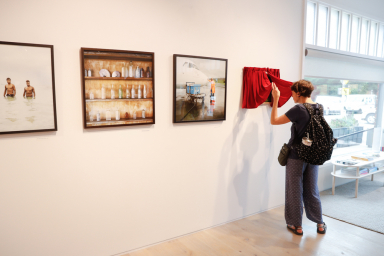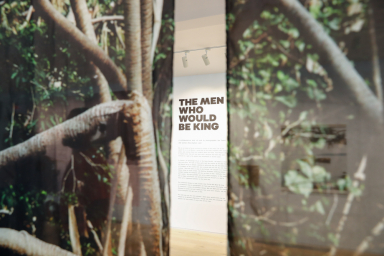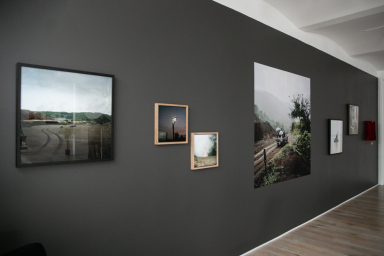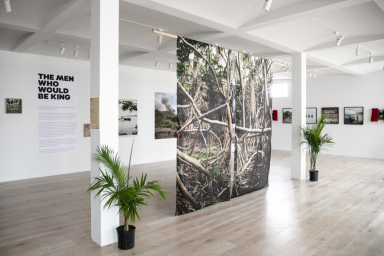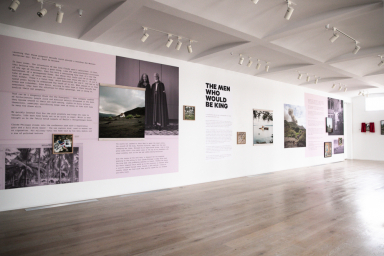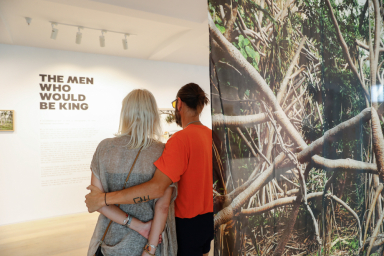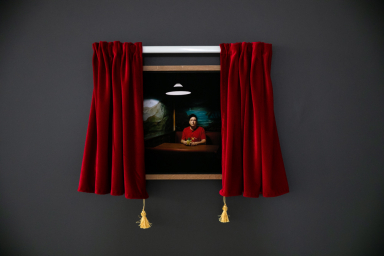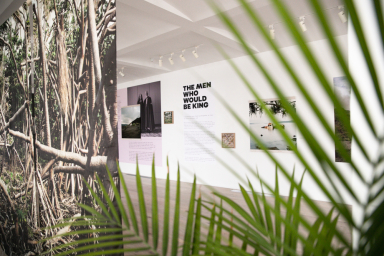Jon Tonks | Photographs from The Men Who Would Be King
September 9, 2022| curatorial, gallery walk
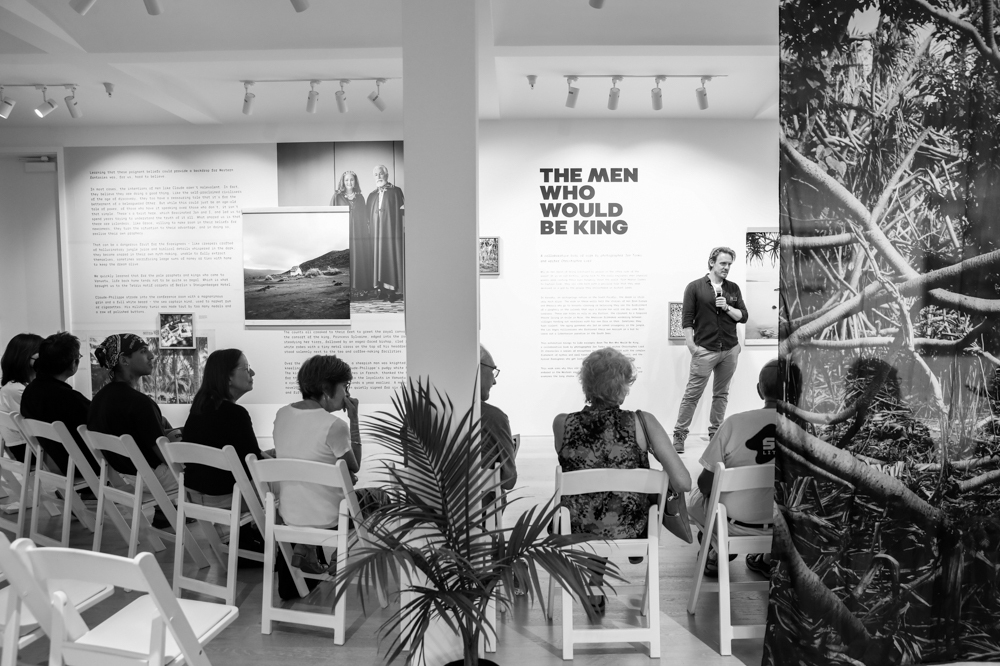
Last week’s opening with Jon Tonks was a particularly lovely celebration of photography. Along with the opening and artist talk, Jon did lectures and studio visits with the Indiana University Photo BFAs and MFAs. He also found the time to teach a workshop on imagery and storytelling to some of our newest emerging artists from the Bloomington community.
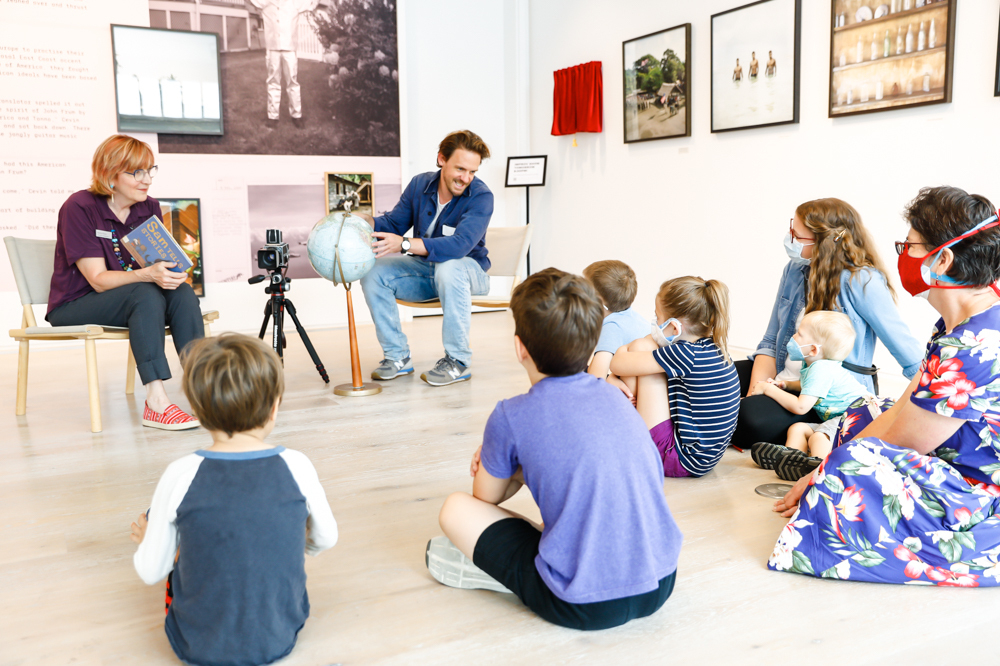
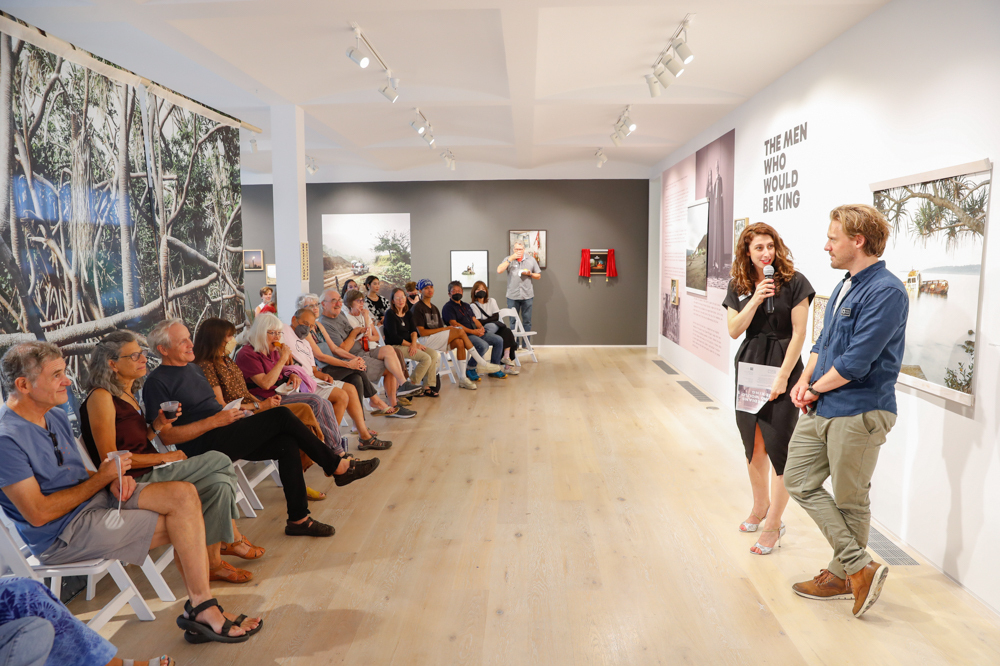
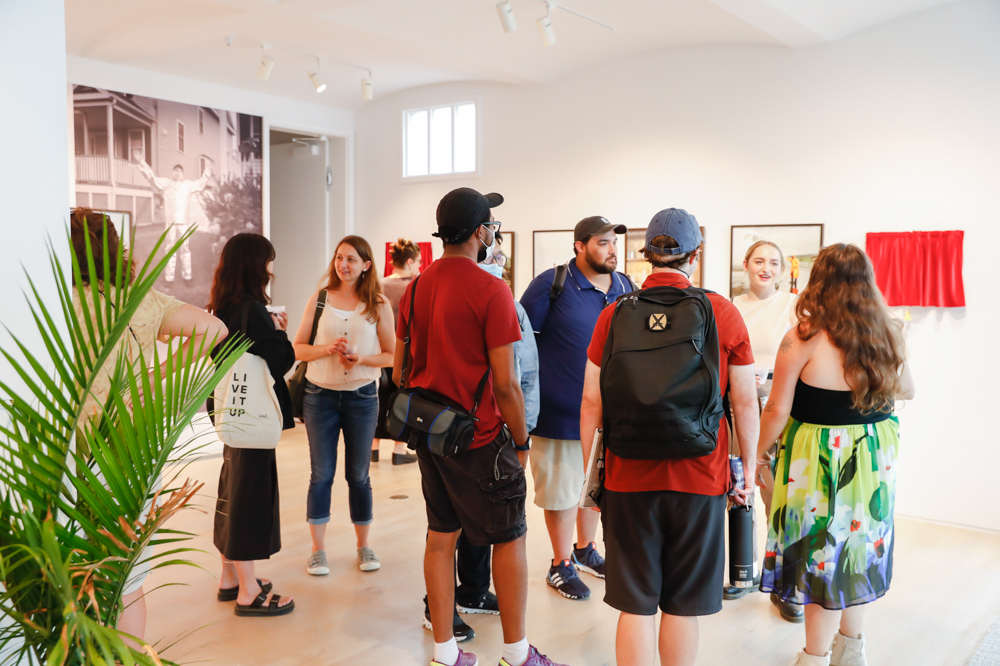
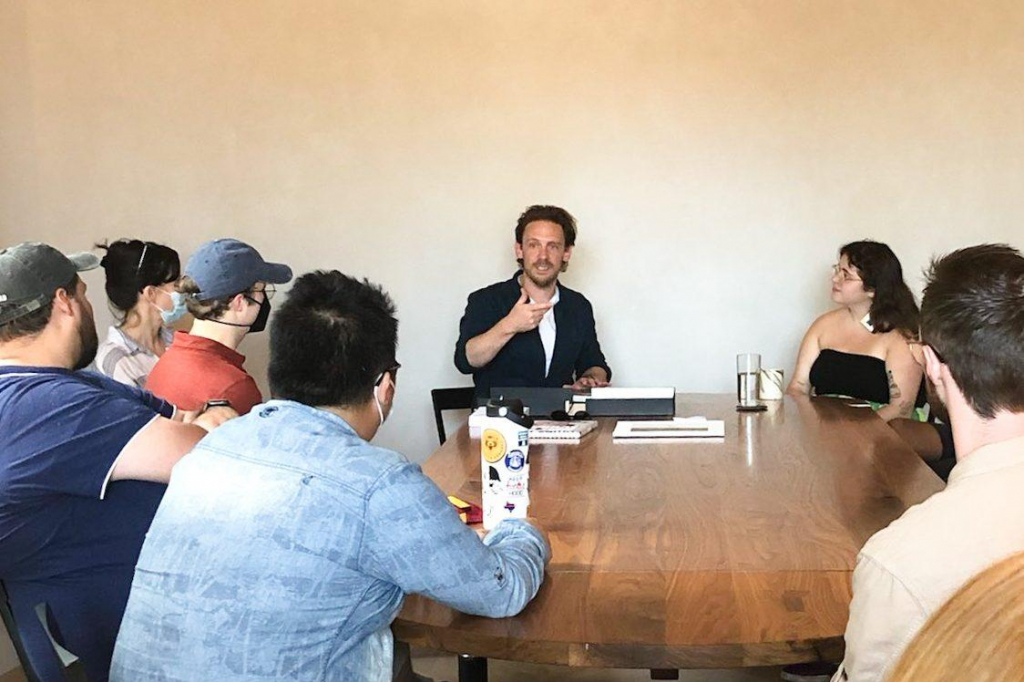
THE MEN WHO WOULD BE KING
Photographs by Jon Tonks + Writing by Christopher Lord
Why do men dream of being worshiped by people on the other side of the world? It is an old fantasy, going back to the early explorers when imperial powers were casting their eyes hungrily about the world. From Hernan Cortes to Captain Cook, they all came back with a peculiar tale that they were received as a god by the people they encountered in distant lands.
In Vanuatu, an archipelago nation in the South Pacific, the dream is still very much alive. The work on these walls tell the stories of men from Europe and America who go to Vanuatu claiming or believing they are the fulfillment of a prophecy on the islands that says a divine man will one day come from overseas. These are tales as wily as any fiction; the claimant to a tropical throne living in exile in Nice, the American filmmaker wandering between villages handing out necklaces with his own face on them. Sometimes they turn violent: the aging gunmaker who led an armed insurgency in the jungle, the Las Vegas millionaires who fashioned their own messiah in a bid to carve out a libertarian paradise in the South Seas.
This exhibition brings to life excerpts from The Men Who Would Be King, a collaborative book by photographer Jon Tonks and writer Christopher Lord. It chronicles a series of encounters between 2014 and 2018 with the complex firmament of mythos and oral traditions that criss-cross Vanuatu, and the myriad foreigners who get lost in them.
This work asks why this old explorers’ dream about deified white men has endured in the Western imagination, through our films and literature, and examines the long shadow it casts into our own time.
View the book here
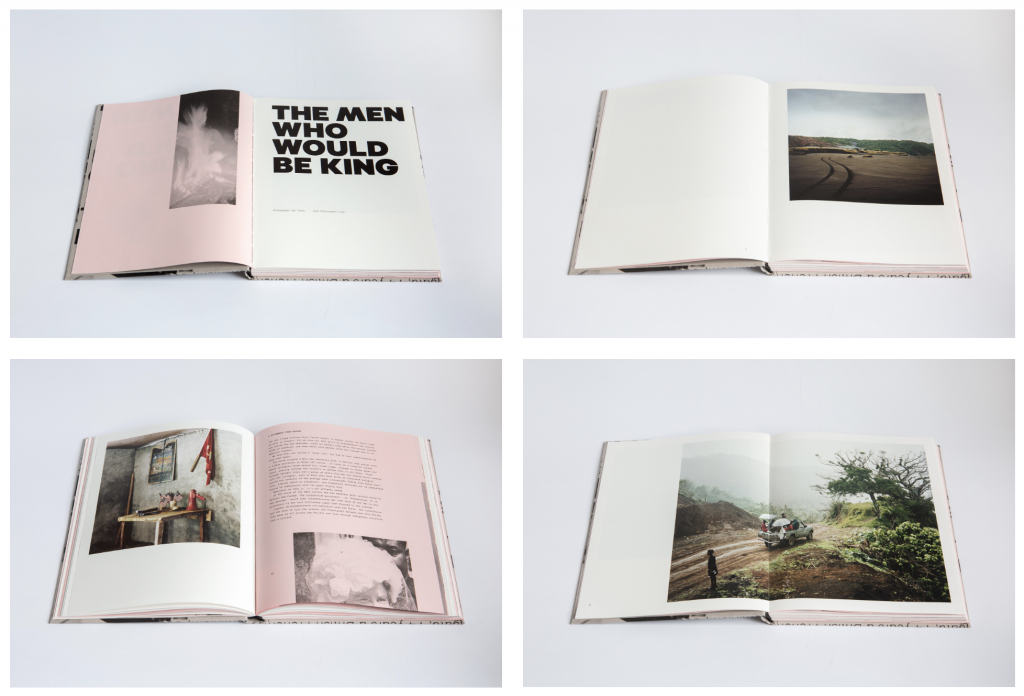
CURATORIAL STATEMENT
The telling of this story is a thorny endeavor. The discussion of power, privilege and how it is gained, sought, and wielded remains unfortunately ever-relevant. Conveying the web of dynamics at play in Vanuatu presents a challenge: How do we discuss the effects of those who choose to engage in the tropes of “the white man’s burden” without reinforcing their projected self importance?
Within this exhibition, the men in question occupy a significant amount of real estate on the wall. But these hazy pink, larger-than-life portraits serve to present their fantasies, the way these self-aggrandized men might see themselves. The project as a whole reveals a more grounded reality and hints at the narrowness of their actual influence.
The majority of the imagery focuses on the citizens of Vanuatu and their daily lives on the islands. Jon Tonks is particularly adept at connecting the viewer with the people and places that he photographs. In this project, he is characteristically curious in his observations and gentle in his treatment. Tonks’ representation of the islands feels genuine, and it serves as a healthy contrast to the fictional narratives of those yearning for positions of power.
This installation came from a desire to translate the interaction that a viewer has with a photobook onto the gallery wall. Selections of text from the book by the writer, Christopher Lord, are woven in among the photographs. Floor to ceiling versions of the book’s pages paper the wall. The show is built to keep one circulating, so that the content is not necessarily absorbed in a linear way. It creates the impulse to wander and circle back around to re-evaluate what has been seen. The layered nature of the installation echoes the complexity of the story being told. Here, histories and narratives of both personal and national identities converge, clash, and intertwine.
View more of Jon’s photographs here
and Christopher’s writing here
